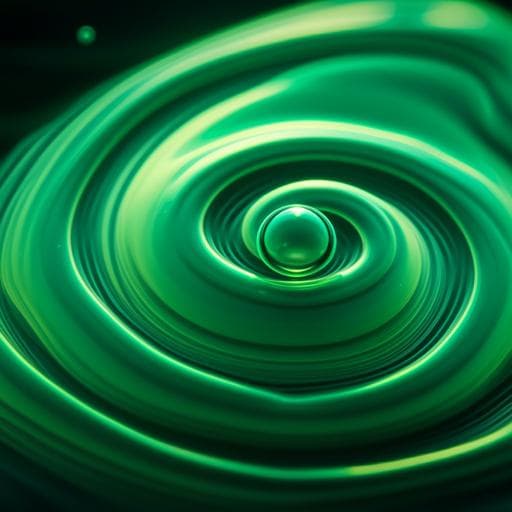
Food Science and Technology
Predicting the storage time of green tea by myricetin based on surface-enhanced Raman spectroscopy
M. Xiao, Y. Chen, et al.
This innovative study presents a Surface-enhanced Raman spectroscopy (SERS) strategy for predicting green tea quality changes during storage. The remarkable PCA-SVM model achieved 97.22% accuracy in predicting storage time, while highlighting myricetin as a key indicator. This effective method opens new avenues for monitoring tea quality over time, conducted by Mengxuan Xiao, Yingqi Chen, Fangling Zheng, Qi An, Mingji Xiao, Huiqiang Wang, Luqing Li, and Qianying Dai.
~3 min • Beginner • English
Related Publications
Explore these studies to deepen your understanding of the subject.







